Today, we bring you lab results on ice that affect how we see the outer solar system, and observations of galaxies that affect our understanding of the universe’s formation
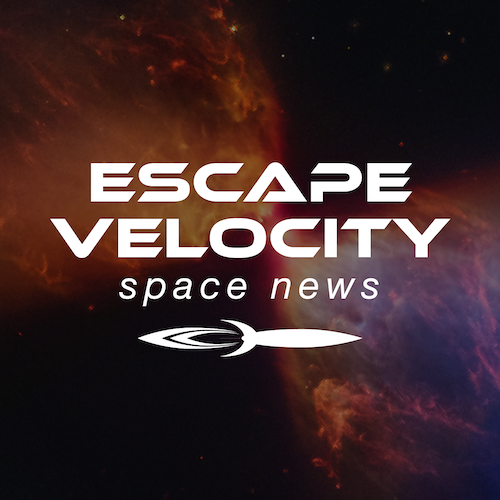

Today, we bring you lab results on ice that affect how we see the outer solar system, and observations of galaxies that affect our understanding of the universe’s formation

Astronomers recently captured this rare structure using NSF NOIRLab’s Gemini South telescope. The image is that of a reflection nebula, nicknamed the Toby Jug Nebula, resembling the shape of an old style English pottery jug.

By collecting and analyzing stories from a variety of indigenous cultures in North America, researchers find evidence for a mid-air explosion of a comet or asteroid, similar to the Tunguska event

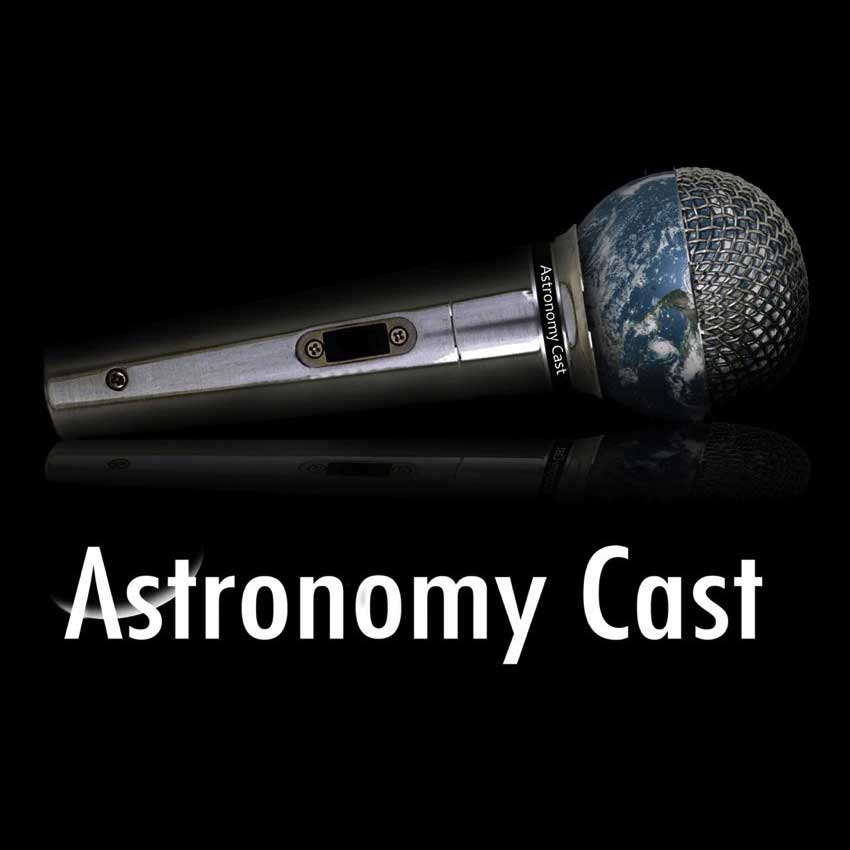
How do planets get their atmospheres? What would happen to the Earth if the Moon just disappeared? And what’s that strange glow we see after sunset? Do we live in an unbalanced Universe?
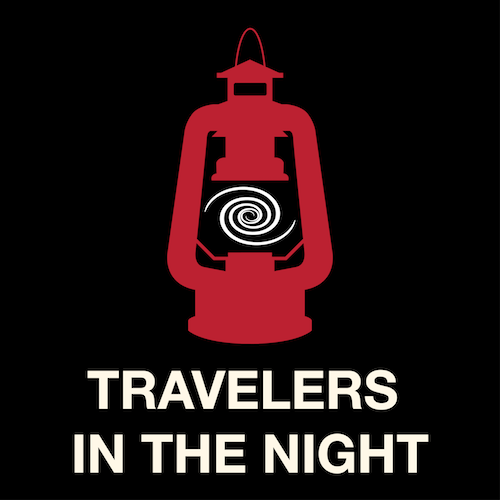
Imagine a spacecraft traveling at a speed that would take it from New York to Tokyo in less than a minute, a mere 4 million miles from the surface of our Sun. This is what Parker Solar Probe doing. More at #365DaysoFastro
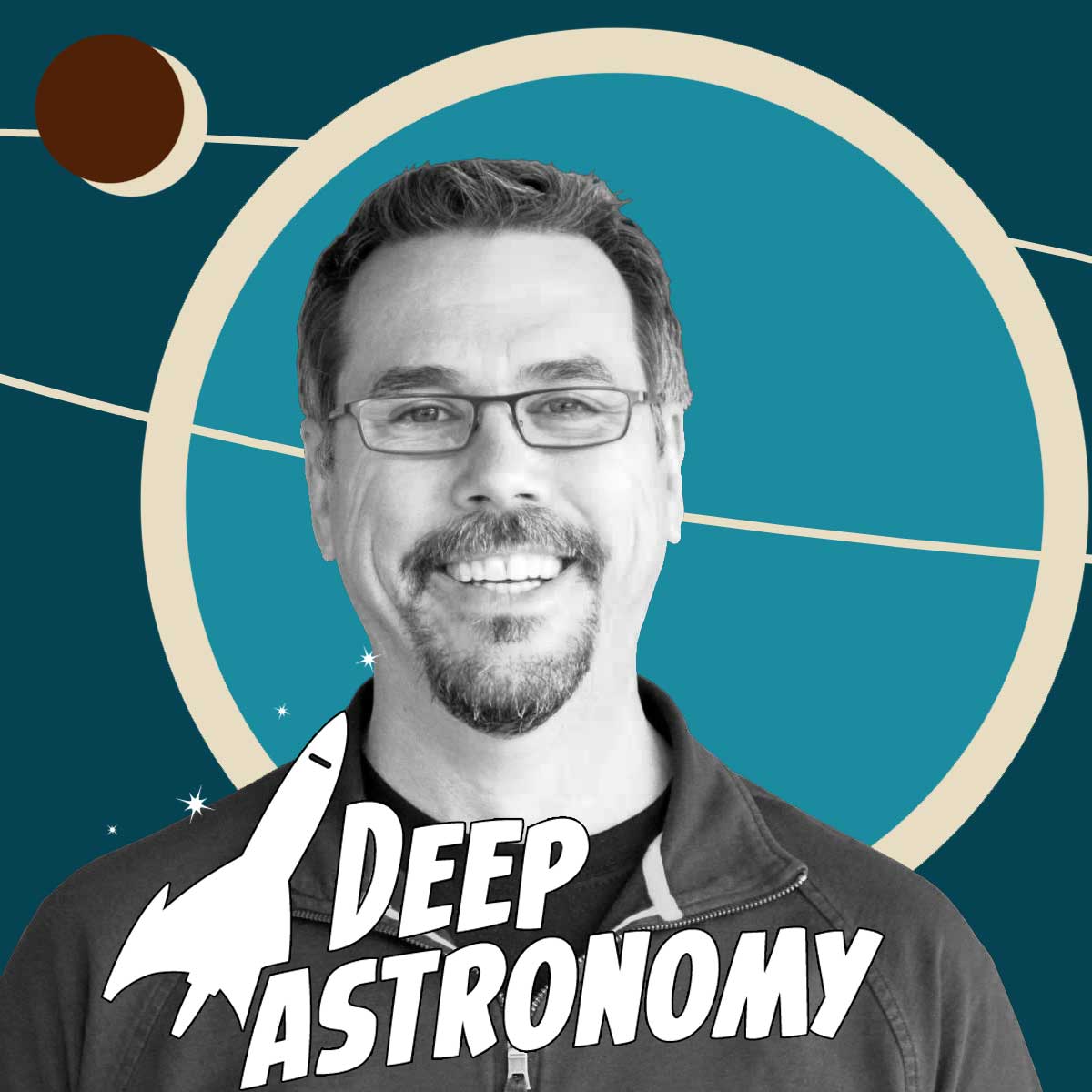
Here is the Eagle nebula taken using off-the-shelf equipment available to the amateur astronomer. So what instrument can we use see the Pillars of Creation with amateur astronomy telescopes?
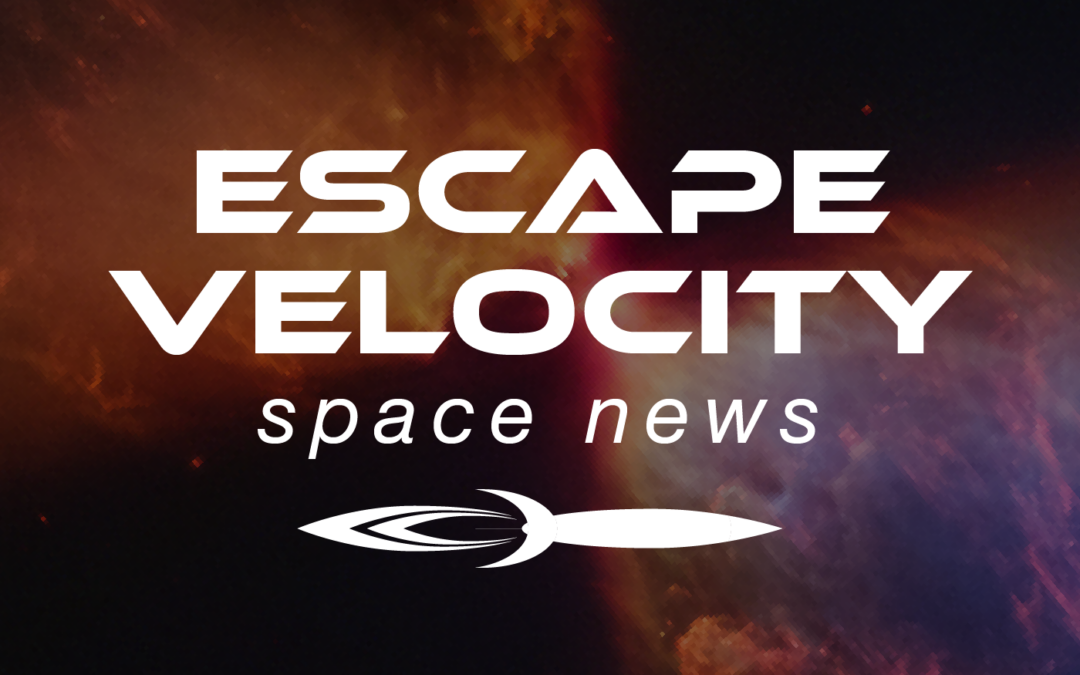
Today ESVN discuss about mass extinction, volcanoes, star formation, galaxy dissolution, and space mission synchronized observing. Also a closer look at dark energy and dark matter and giant galaxies in the early universe.
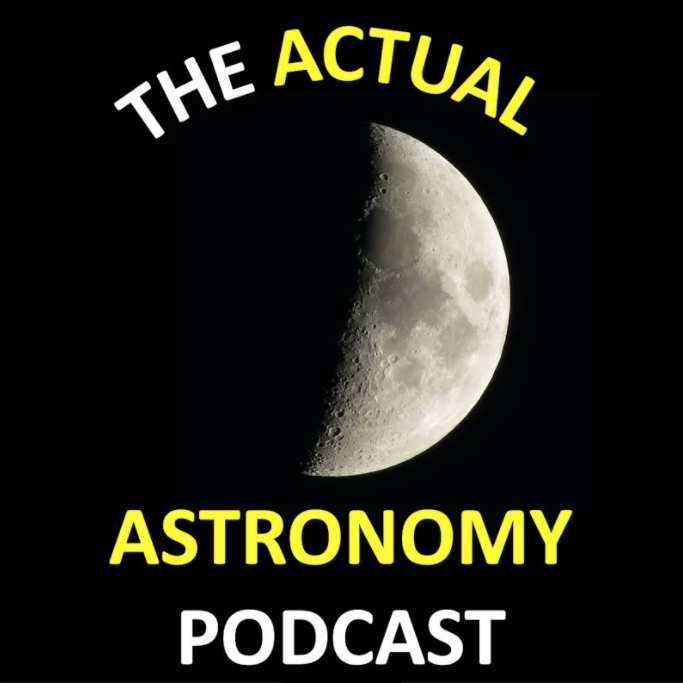
Today’s @ActualAstronomy will present the key stars of the Summer sky. From the stars of the Summer Triangle, a couple fast moving stars and the prominent stellar markers for Scorpius, Ophiuchus and Sagittarius.
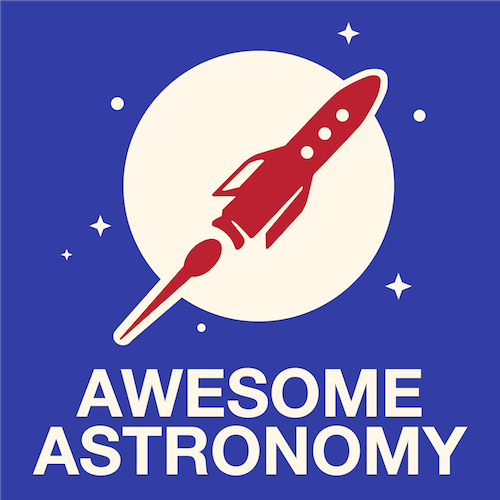
Join @AwesomeAstroPod today for the Tale of Two Telescopes, exploring NASA’s new flagship James Webb Space Telescope, and ESA’s pioneering Euclid, set to uncover the Dark Universe. Enjoy!